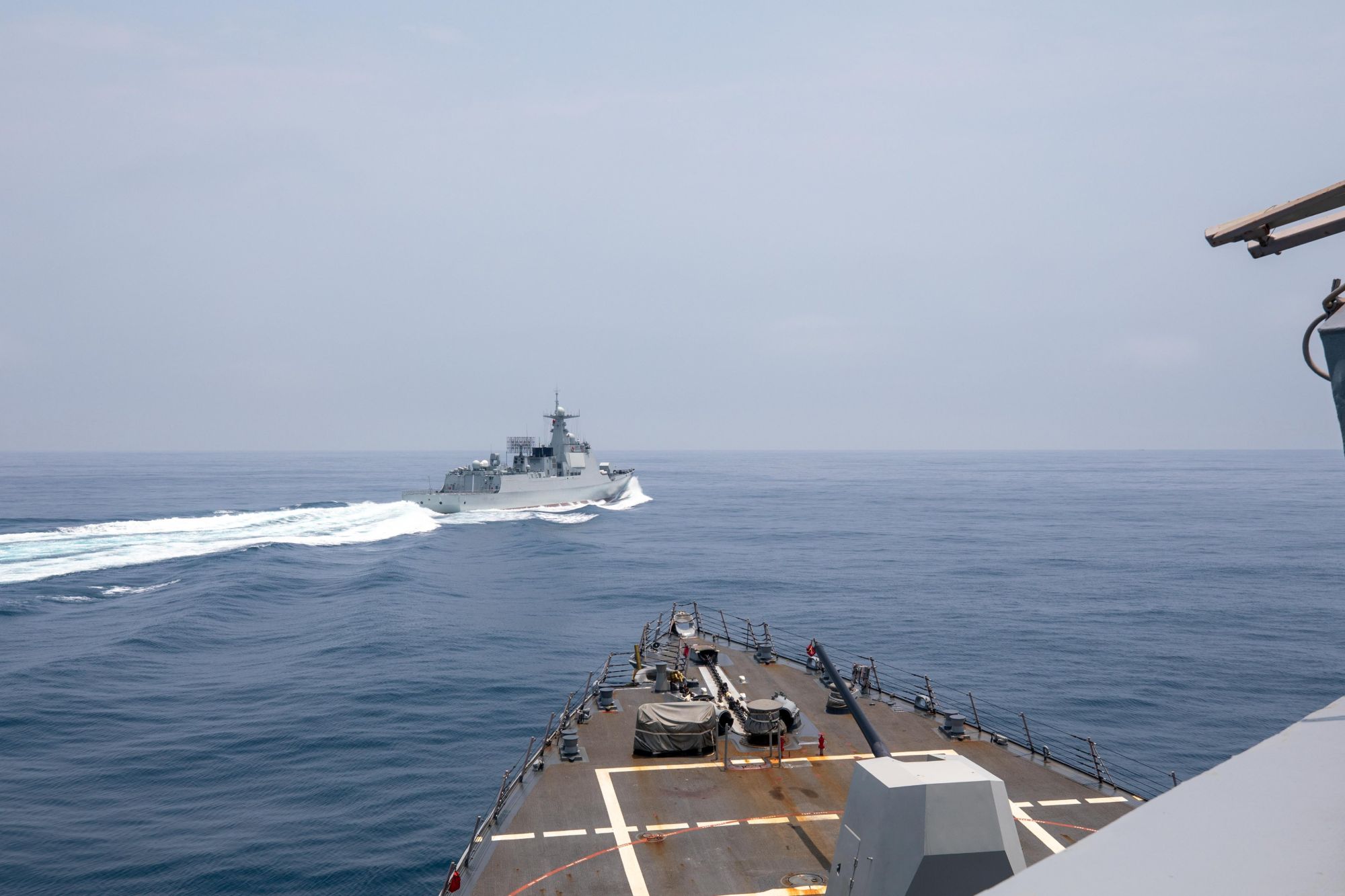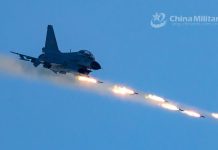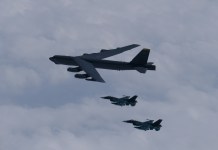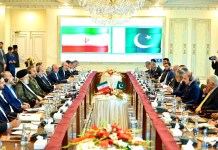Although China and the United States are at loggerheads over various disputes, including Taiwan, their navies recently set aside their differences and participated in the ‘Komodo’ naval drills hosted by Indonesia.
After 19 Years, US Revives Cold-War Era Military Drills; Dumps Live Wargames With Taiwan To Keep China Guessing
The drills kicked off on June 5 and included navies from the United States, Britain, China, Japan, Russia, and South Korea. South Asian foes, India and Pakistan, were also invited to the drills besides other nations.
On its part, the Indonesian navy said in a statement that the regular Komodo drills were a “non-war” exercise that was aimed to “strengthen relationships between the navies” of 36 countries.
The disaster response and humanitarian operations-focused Komodo drills appeared to be an opportunity to bring together representatives from the two sides. This is especially intriguing given that the two sides have had no contact since August last year.
In fact, in the recently hosted Shangri La dialogue by Singapore, China refused to allow a meeting of its defense minister Li Shangfu with US Counterpart Antony Blinken. Their interaction at the dialogue, a forum for engagement between security officials, was limited to a mere handshake.
Indonesia brings together the navies of the Russia, US, China, India, Pakistan and others for several days of drills in and around Sulawesi. 36 countries participating in the Komodo Multilateral Naval Exercise. @AJEnglish pic.twitter.com/XlU7tpHak8
— Jessica Washington (@JesWashington) June 6, 2023
According to the PLA Daily, a news source for the People’s Liberation Army, the Chinese navy sent the most recent iteration of its Type 052D guided-missile destroyer, Zhanjiang, and the Type 054A frigate Xuchang, which prepared navigation research, duty officer training, and damage control en route to Indonesia.
The US Navy did not officially share the names of the ships it dispatched for the drills. However, Vice Adm. Karl Thomas, commander US 7th Fleet, said, “A multilateral relief effort doesn’t just happen. It is cultivated through exercises, exchanges, conferences, and dialogues. During efforts like Komodo, relationships between navies are forged such that during times of adversity, our linkages will bear the strain – whenever and wherever it may occur.”
Indonesia June 5 launched the Multilateral Naval Exercise Komodo (MNEK) 2023 with navies from 36 countries, including the US, the UK, China, Japan, Russia & RoK. Considering participants.l this may be one of the most inclusive naval drills in #IndoPacifichttps://t.co/NBn5QagIMC pic.twitter.com/BusN22Qod1
— South China Sea Connect (@Scs_Connect) June 7, 2023
All foreign ships anchored off Sulawesi, and crew members were transported by ferry to land. The Indonesian navy said it organized icebreakers for the visitors as well as city tours, concerts, medical training, and an international symposium on marine security.
After that, the soldiers returned to their boats to practice maritime interception, at-sea search and rescue, and damage control.
According to the PLA Daily, the Chinese Navy said it would take advantage of the opportunity to conduct military and cultural exchanges with foreign ships “to deepen mutual understanding and practical cooperation further.”
However, experts believe these drills will unlikely reduce tensions between US and China.

Cooperation Amid Occasional Confrontation
The drills were conducted amid simmering tensions between Beijing and Washington.
In what is believed to be a US response to China’s expanding influence in the region, the United States has recently intensified its military diplomacy in the region by holding more regular war drills with friends and partners in the vicinity of Taiwan as well as in the crowded waterways of the South China Sea and the western Pacific.
This has further dented the already strained relationship between the two adversaries. The unwavering support offered by the United States to Taiwan, including high-level arms export as well as high-level official visits to the island state, hasn’t helped the tensions either.
Against that backdrop, when asked what made the two foes come together for the Komodo drills, a Philippines-based military analyst Miguel Miranda told EurAsian Times, “Do understand that Komodo 2023 is a broad multinational naval exercise focusing on non-combat missions. All members of ASEAN maintain ties with China and the United States, albeit imperfectly. The 10-member bloc isn’t fully aligned with the US or leaning towards China.
The geographical space of ASEAN and its important water passages also mean fleets worldwide always have ships visiting. In May this year, a fleet review was held in the Philippines with ASEAN navies showing up.
Similarly, Asian naval forces are a constant presence in the US-led RIMPAC exercises. There are multiple events in other countries such as Singapore and Thailand where diplomacy and military exercises mingle.”
Some other experts have seen this as a channel of cooperation where the two sides don’t have to be directly involved with one another. Collin Koh, a research fellow at the S. Rajaratnam School of International Studies in Singapore, told SCMP, “I do see these navies’ participation in MNEK, held in a third country – in this case, Indonesia – as a way of maintaining some form of cooperative linkages, and I believe the higher political authorities also see similar merits some way or another.”
However, the timing of these drills is sure intriguing. The tensions between US and China peaked recently when a US military accused China of conducting an “unnecessarily aggressive” air force interception maneuver over the South China Sea and, in a separate incident, blamed a Chinese warship for an “unsafe interaction” with a US destroyer and a Canadian frigate in the Taiwan Strait.
Chinese Defense Minister Li Shangfu said in his maiden remarks at Shangri La since taking over his post, war with the United States would be an “unbearable disaster for the world” and emphasized the importance of both sides improving ties, which are “at a record low.”
However, military experts have asserted that the drill was just one of the many non-combat engagements in which the two countries continue to participate. Moreover, some analysts said the participation reflected the commitment on both sides toward a third-friendly country-Indonesia.
- Contact the author at sakshi.tiwari9555 (at) gmail.com
- Follow EurAsian Times on Google News





